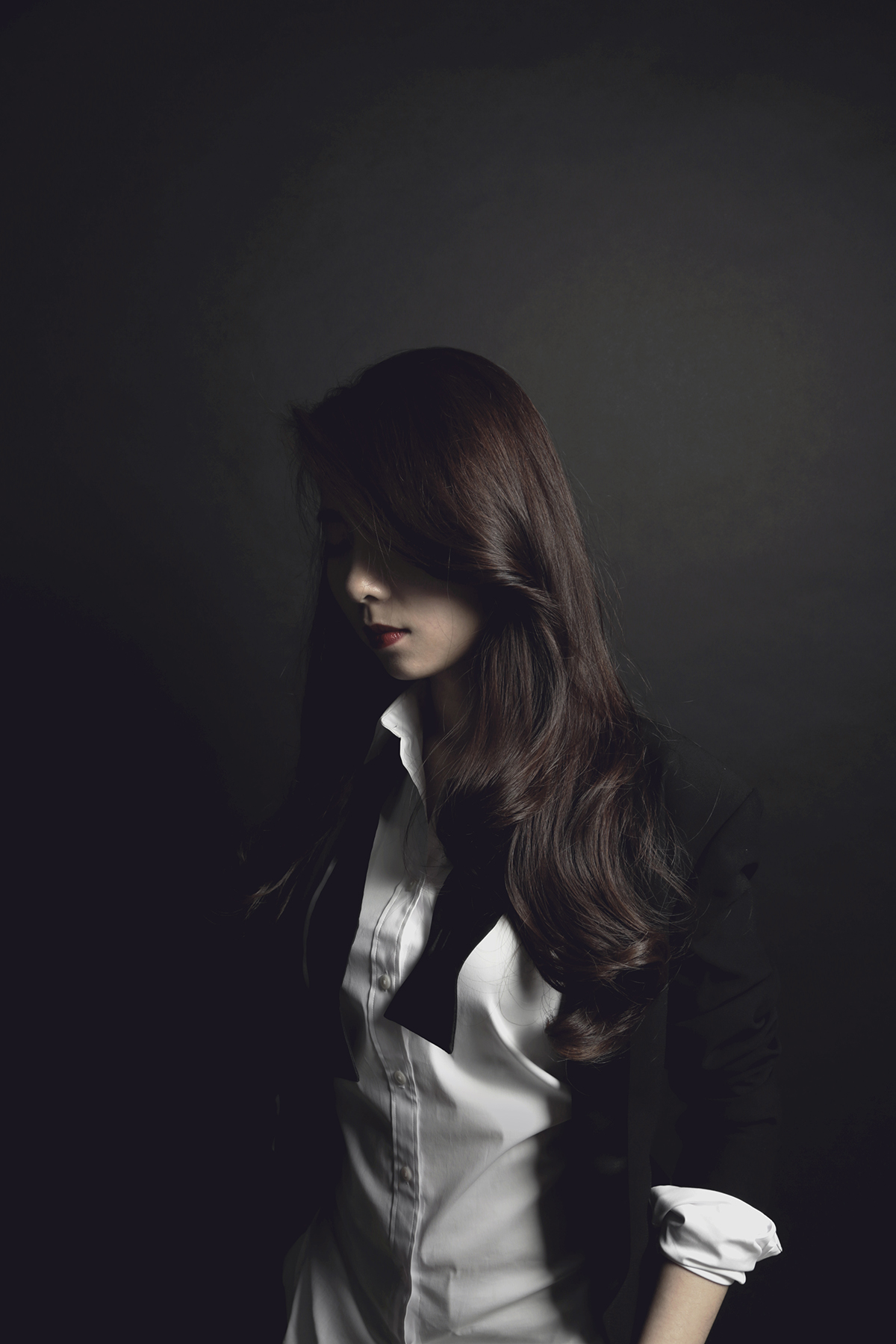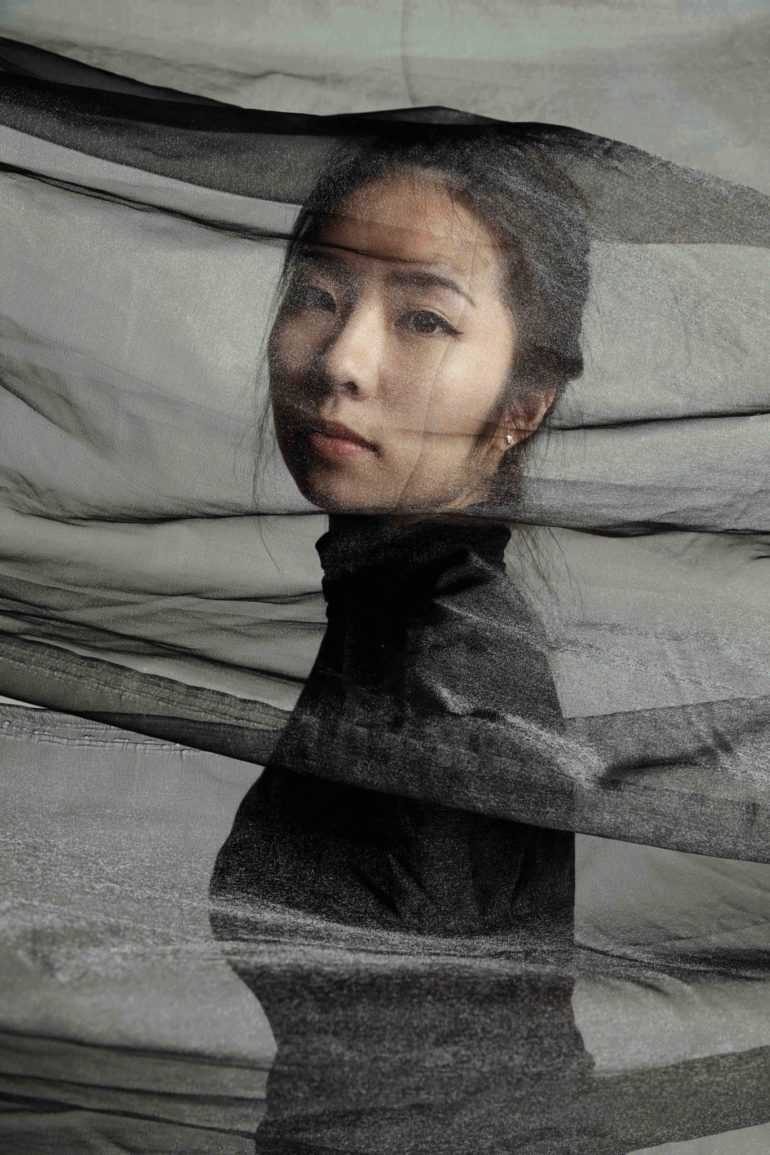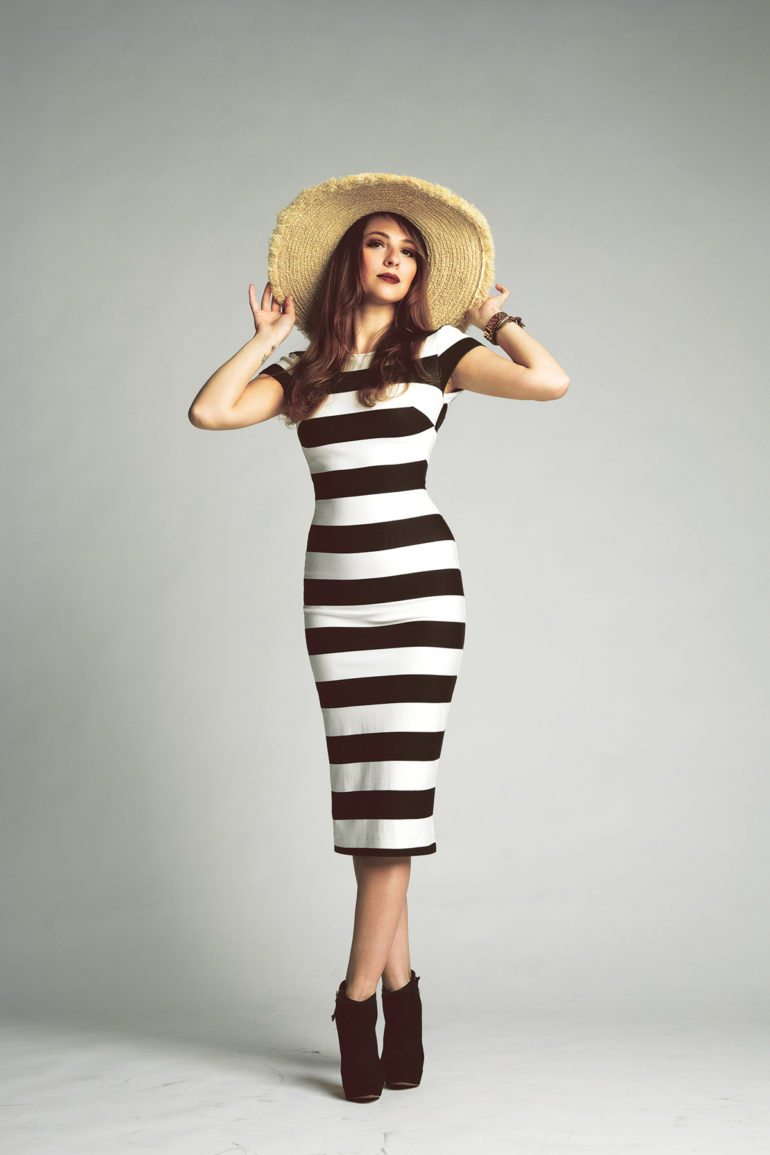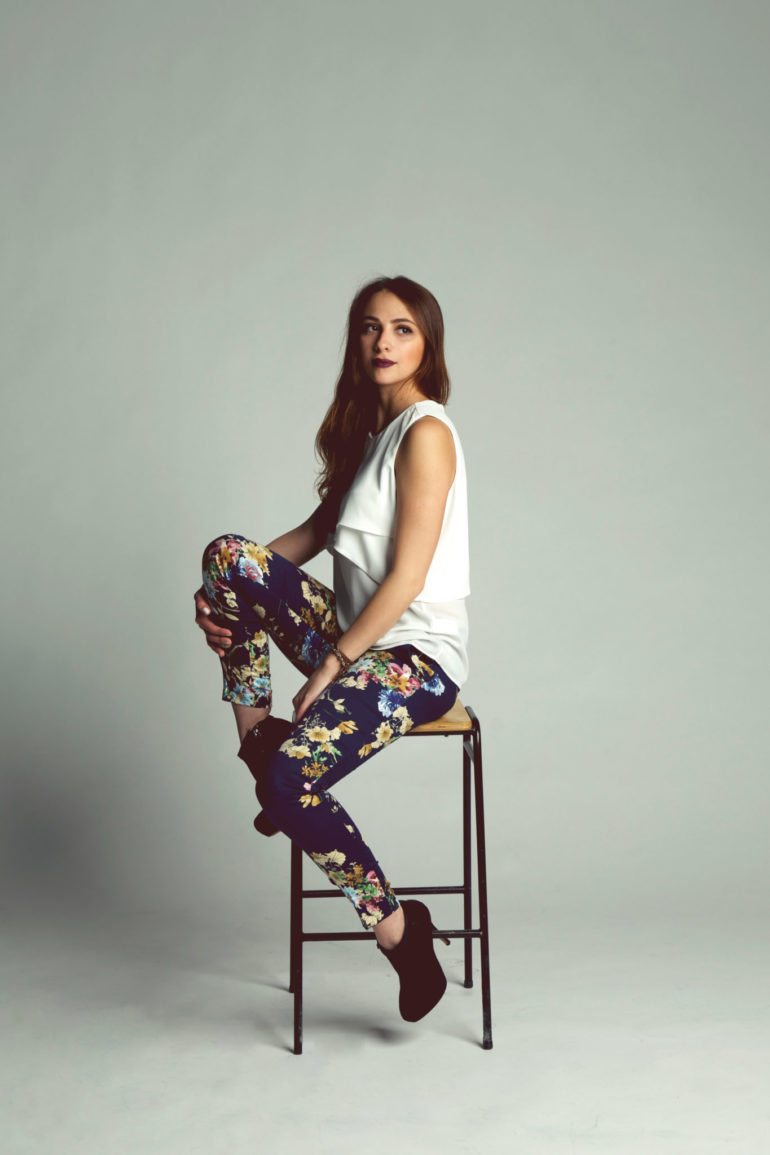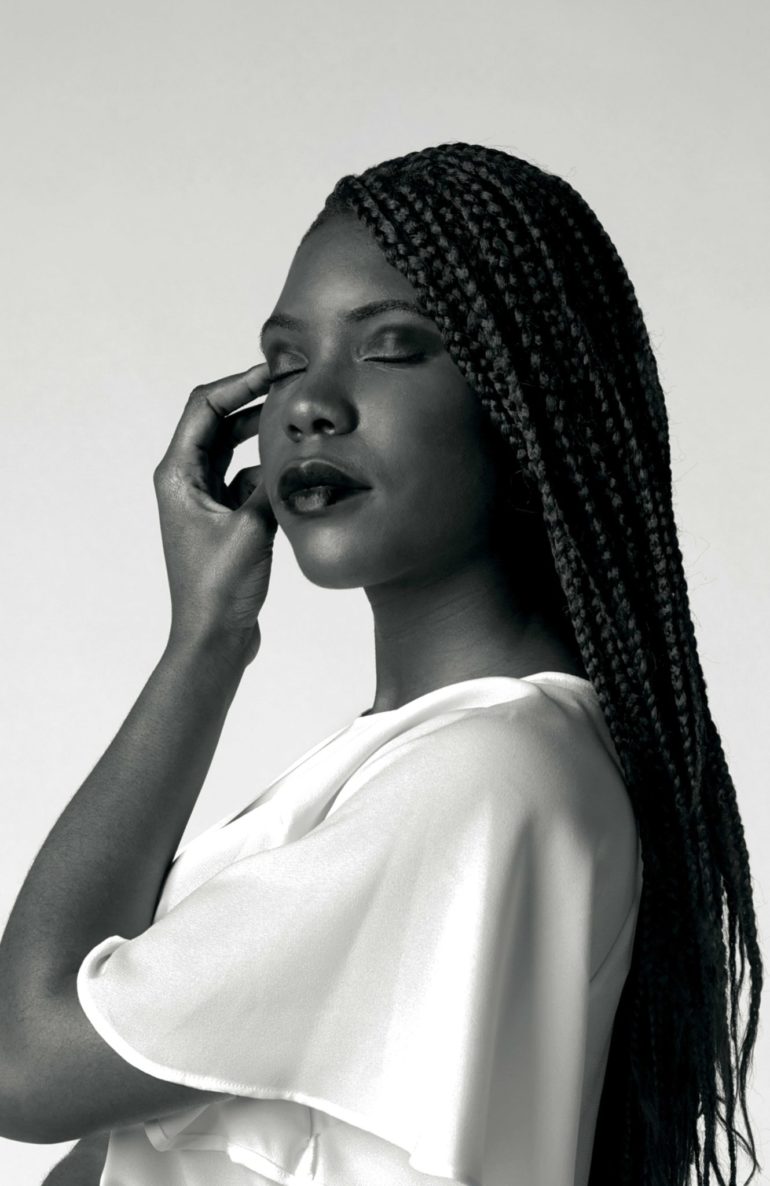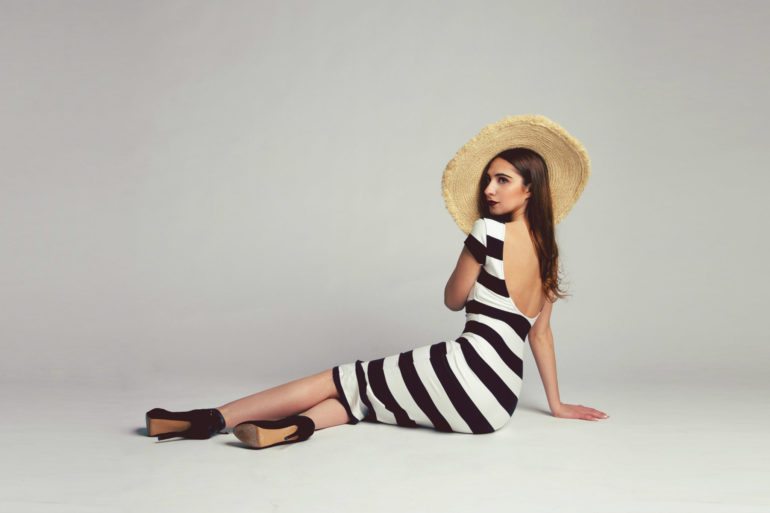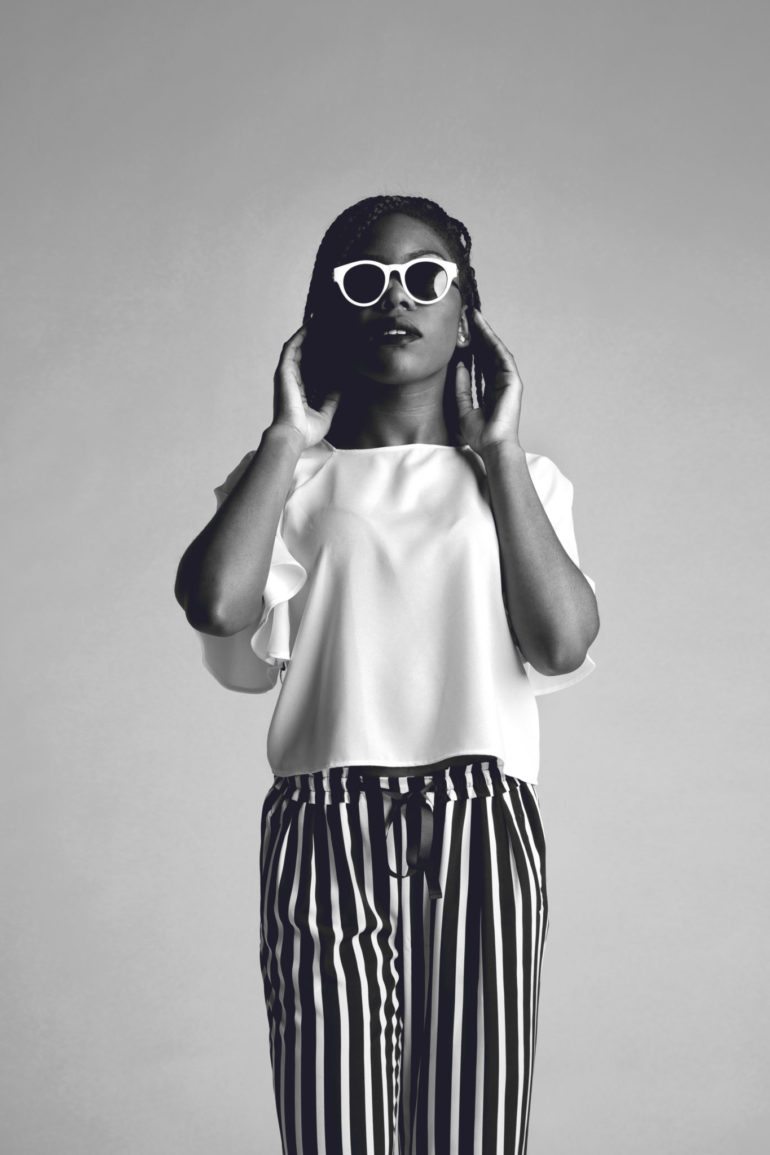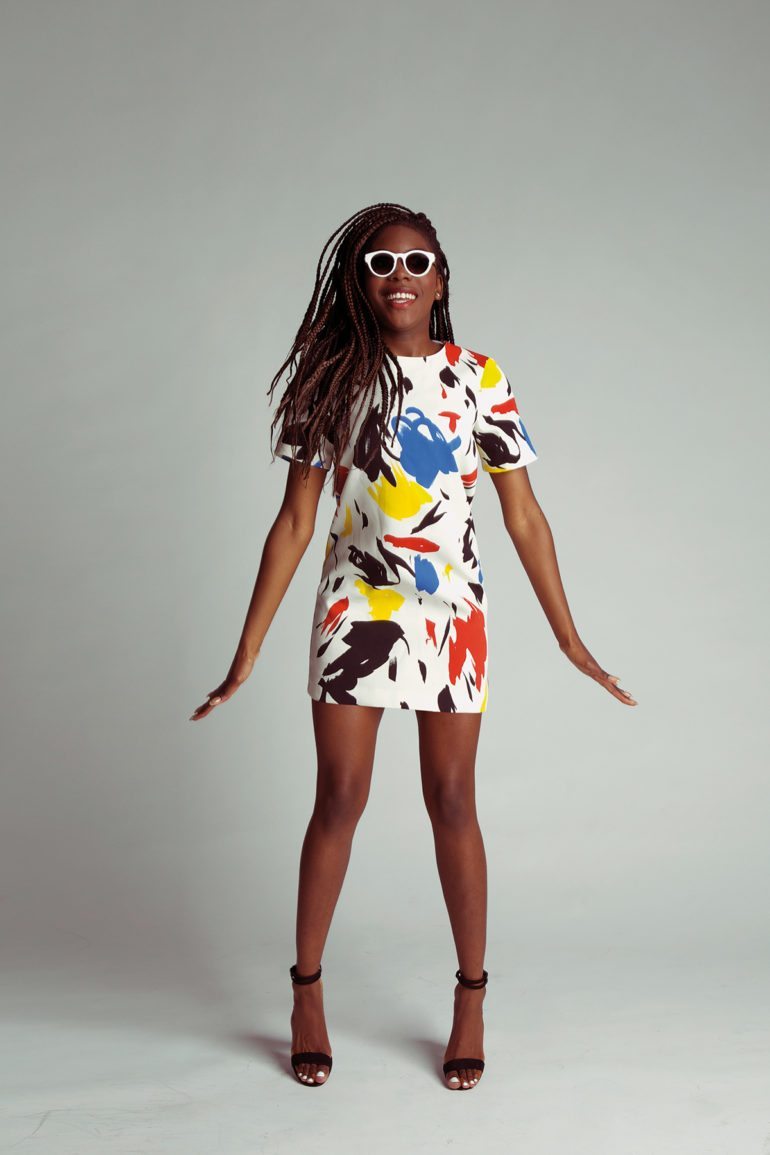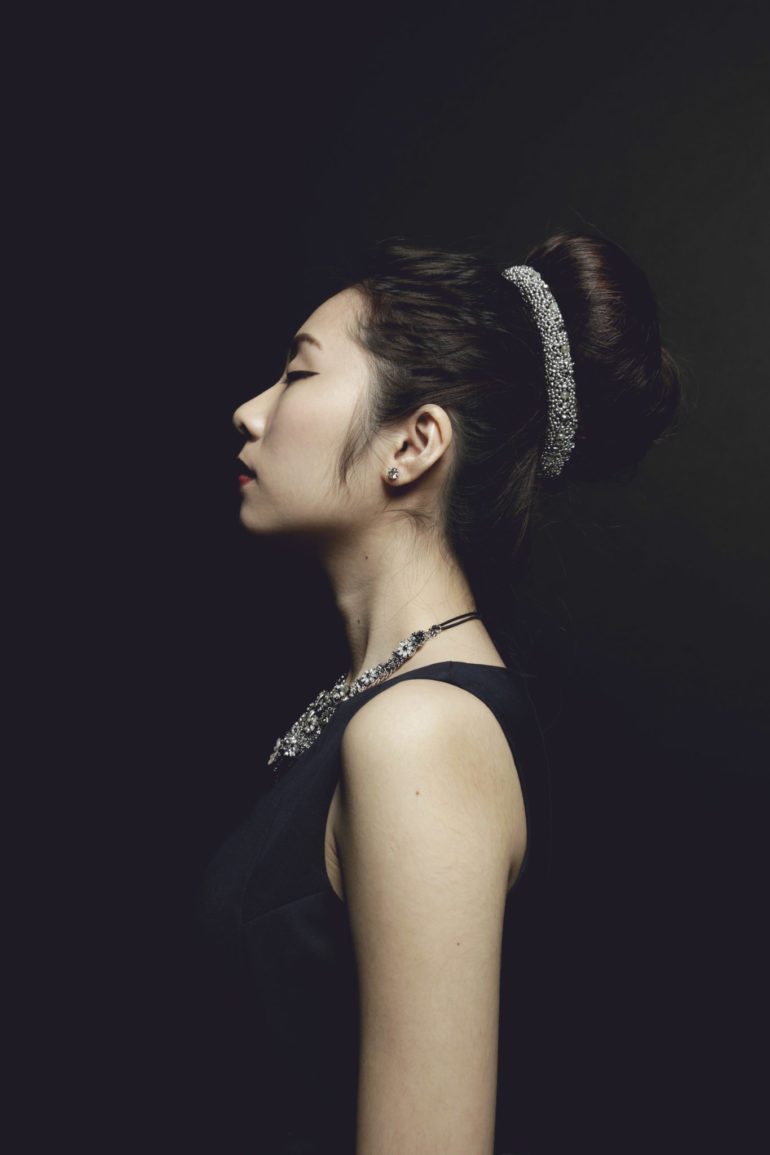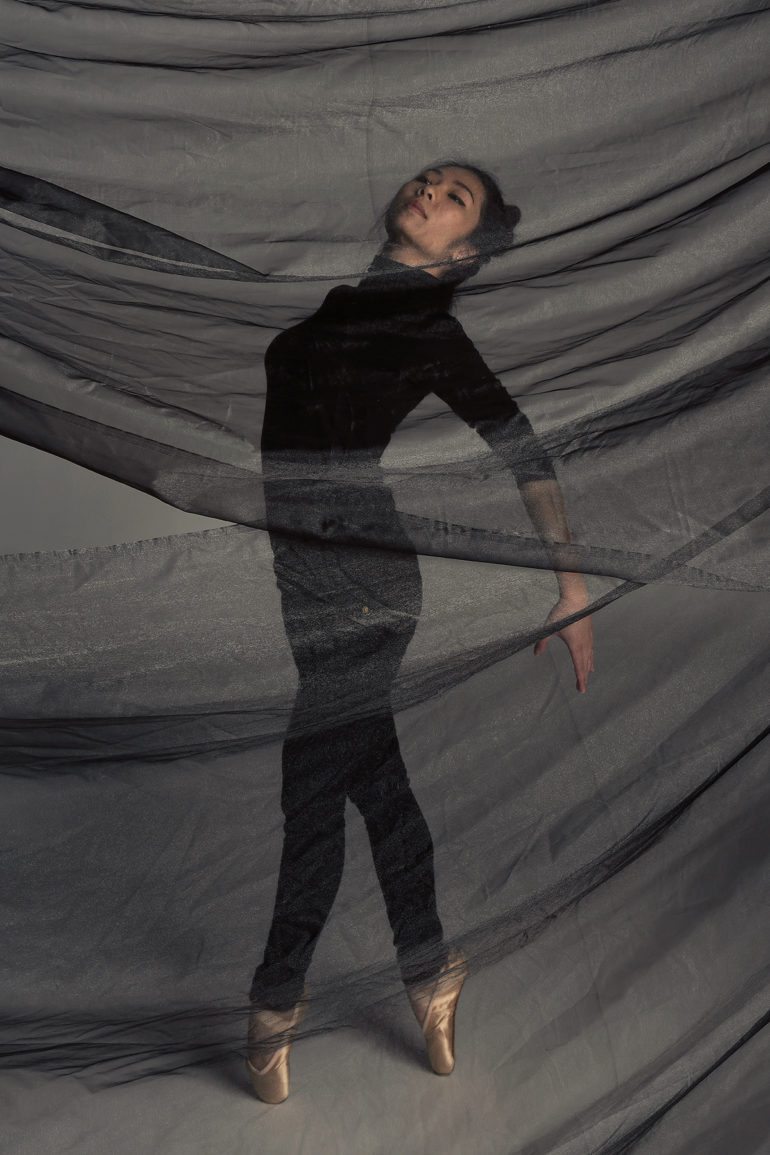Last Updated on 06/02/2017 by Chris Gampat
All images by Ezra Ng. Used with permission.
Photographer Ezra Ng calls “Women of Our Lives” an effortless expression of modern femininity. “Women in this series are introduced, with a sense of the aesthetic from the present, but imbued with an eternal, pronounced character of dignity, poise, and above all, serenity,” says Ezra. “The reinforcement of the idea that beauty owes its colour to the trillion swatches and characters on the spectrum. And in the present, they are carried out through the wonders of subtlety, and individuality.”
Ezra calls it a quiet celebration of a woman’s sexuality. It isn’t objectified or hidden according the opinion or restraints of others.
“Highlighting the gentle flair, the unmistakable grace, and ethereality of each woman in the series. Brought to life with their charm, style and captivating beauty.”
Ezra’s work follows the typical rules of portraiture: stagnant background to make the subject stand out, the subject is one main color, and their wardrobe is another. Together, these three tonalities work to create an effective portrait. But then you need to find a way to combine it with some sort of subject matter: and Ezra does this by focusing effectively on the beauty of his subject. At least, he does his best to find said beauty.
Like many other portrait photographers, Ezra does this through effective lighting. However, Ezra’s work in some ways doesn’t emphasize his exact statements. What you’ll read further down in our interview is Ezra stating “Portraits are an entryway for me to a be a small part of my subject’s life.” While this is surely true, trends in modern portraiture typically are about finding a way to get into someone else’s life. In many of these portraits, it’s easy to feel distant from these subjects except when their images are seen in a whole series to convey more information about them. Individually, the portraits stand out as simply nice photos. But finding a way to get more personality out of his subjects could be a place where Ezra improves.
Take a look into Ezra’s philosophy and psychology below.
Phoblographer: Tell us about how you got into photography.
Ezra: Someone once dropped a word of wisdom into the vast sea that is the internet, that if you want to learn what someone fears losing, watch what they photograph. I’m sure these words not necessarily resonate with everyone, but it struck a chord with me. I agree and recognise that sentiment. Once I gave into that desire in me that I had for a very long time a name, I continue to pursue and explore that sentiment. I photograph people mostly, rarely landscape. People I love, people with qualities I love and aspire, and people that love me. I find satisfaction and pride with my ability to seize a moment and its beauty. Beauty that I recognise.
When I joined uni, I had a better chance and environment to further develop my skills. For my first free topic magazine design tasks I chose to create a magazine that focuses on London men’s style. It gave me a purpose and an excuse to speak to strangers, and ask to snap a picture of them. From there I’ve learned to operate a camera swiftly and take effective shots in a less controlled environment. The most important thing I’ve picked up from that shoot was courage. Courage I didn’t know I had.
Also, a tip I’ve learned as a former amateur photographer. Never start out your first street photography task with manual focus. Learned that the hard way, staring blankly into the blurry could’ve-beens.
The year went on and I signed myself up for more magazine classes, and created opportunities to create more portraits, still life, food photography, landscapes as well, and meet more people. This series, Women of Our Lives, was created for the final magazine that I did that year, A Decent Magazine. It was the culmination of the aesthetics, people that I met, and the experience of the endless shoots I’ve embarked and learned that year.
Phoblographer: What made you want to get into your genre?
Ezra: Fashion photography has always been the most accessible genre for me when I first started out. It was the genre that dominated the magazine, film, music scene. A world I love dearly. I had very little to no knowledge of portrait photography or even photography in general when I first started out. But I always have an immense interest of it. It fascinates me greatly and piqued my desire to recreate the beauty before my eyes. In my own way. I familiarised myself with the criterions, and start experimenting with my own photoshoots. Further down the years, I started branching out from fashion photography, meeting and merging other genres, slowly developing my style.
“Someone once dropped a word of wisdom into the vast sea that is the internet, that if you want to learn what someone fears losing, watch what they photograph.”
From the embarrassing first photoshoot I conducted with my best friend at my parent’s house living room, where the setting was a floor with a few dried leaves I picked from outside, to guiding the cover model and art directed a photoshoot in a state-of-the-art studio for a cover as the designer for Courier Magazine. At that moment I gave myself a pat on the back. I came a long way.
Phoblographer: Tell us a bit about the gear that you use and how you feel it helps you achieve your creative vision.
Ezra: The camera I’m still using is the starter level E0S 1100D from Canon, a gift from my dad for college use. For this series, I’ve used the more advanced camera model provided by my uni, Canon EOS 5D Mark 3. Aside from that, I pretty much rely on my own to do the job. As my camera has its limitations in comparison of the better models out there, I’ve learned to be more observant and creative with the external factors such as lighting, setting, composition, utilising them fully to create visually engaging and distinctive work. On top of that, my photoshop has improved on an insane level. As I do rely on photoshop all the time for post production, and when my technical skills isn’t up to par as much as I wish or thought.
Phoblographer: What motivates you to shoot?
Ezra: Portraits are an entryway for me to a be a small part of my subject’s life. Subjects that intrigue and fascinates me. At the moment I hold the camera in their presence, I’ll be allowed a small, brief control of this aspect of their life. Of they’ll be presented to the world. To be responsible for something that speaks volume of them, in my language, my story, sometimes theirs, and share it with the world. I enjoyed that degree of control, trust, safe space of exploration, and expectations that’s been entrusted to me. And in return, I do my best.
Phoblographer: What photographers influence you?
Ezra: Annie Leibovitz. The soul of a masterful painter within a phenomenal photographer. Her works are modern masterpieces that echoes and even on occasions, fashioned tributes to the works of Rembrandt and John Singer Sargent.


